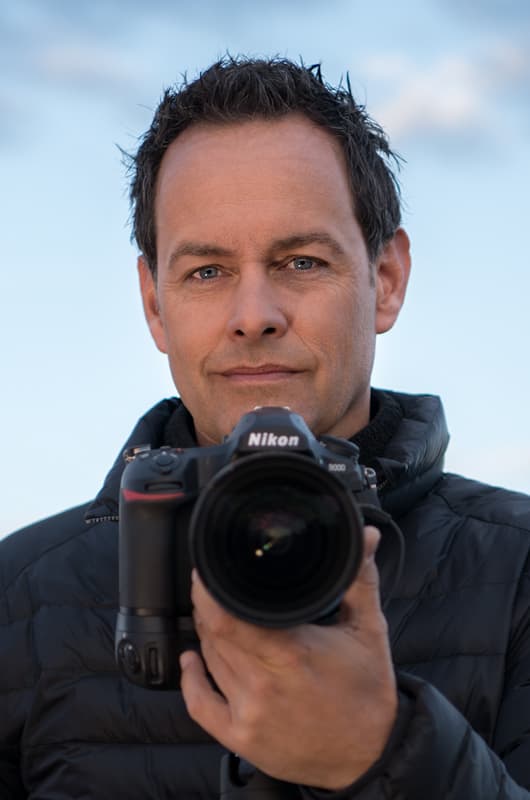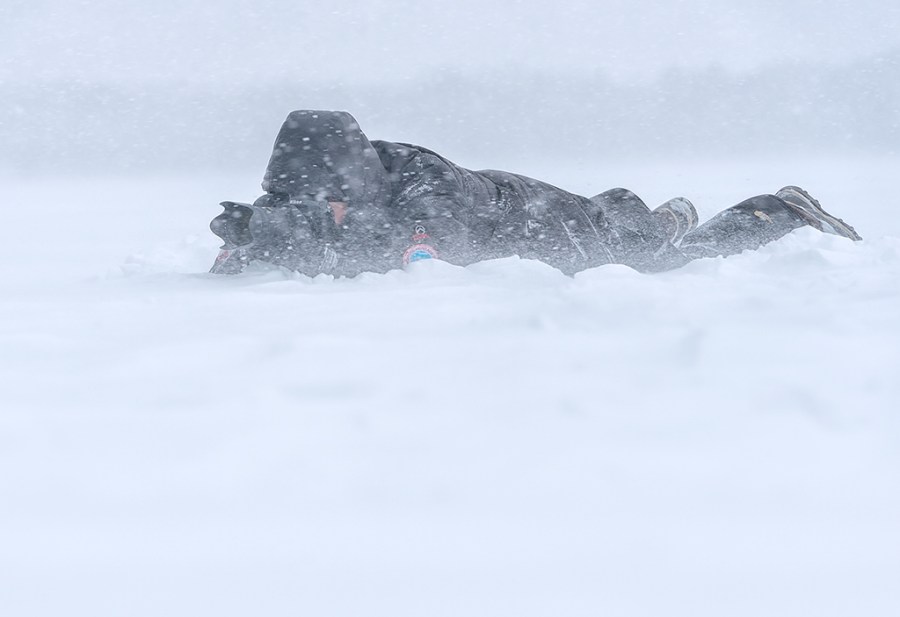Nature photographer Marsel van Oosten reveals why he welcomes the onslaught of ‘bad’ weather, using Japan as an example
Wherever I go, when it’s a bright sunny day with a blue sky, non-photographers will look at me with a smile on their face and say that it’s a fine day for photography. I am so lucky! Little do they know that it’s actually the weather I hate most. Clear skies mean that the light gets harsh very quickly, and that anything you want to photograph gets very ‘contrasty’. While there are certainly subjects and stories that will benefit from this kind of light, I’m not a big fan.
For landscape photography, a clear sky is as bad as it gets. A clear sky means no clouds, no drama and no spectacular sunrises and sunsets. It’s one of the reasons why desert photography is so hard. If you’re doing night photography a clear sky is all you need, but for most nature photography a few puffy clouds or an apocalyptic sky with clouds of doom will take your image to the next level.
When you’re planning your trip, checking the weather conditions is not only important for knowing what clothing to bring but it will also impact on what your images will look like. People commonly say that photography is all about the light, but I would say that it’s all about the weather. For wildlife photographers, the weather doesn’t only affect the quality of the light and what the sky looks like – it also influences animal behaviour.
Like us, animals change their behaviour according to the weather. When it’s super hot, animals will be lethargic and will spend more time drinking and bathing at water holes. During a heavy downpour, they will seek shelter or get soaking wet – which will completely alter their look. When it’s cold, some animals may huddle together, trying to keep each other warm. The more extreme the weather, the more wildlife will show behaviour you don’t normally see, which makes for more interesting shots. Extreme weather will also add a lot of drama to your images…. and you can never have too much drama.
I photographed the above image of whooper swans during a blizzard in Hokkaido, Japan. It was a late afternoon and the temperature was dropping rapidly. It was snowing heavily, the wind was howling, and it was very uncomfortable to be outside. But the scene looked absolutely stunning. The swans were struggling to not get blown away and I really wanted to capture the harsh conditions that they live in.
I always go to Japan in February because it’s the best time of year to get these cold, winter conditions. Usually it’s actually not that bad. The weather is usually kind of pleasant – it’s cold, but it’s dry cold and there’s not too much wind. But at this particular time we had some very brutal conditions. I knew that if it turns bad there then it gets really bad, super-uncomfortable and cold, because cold winds just go through everything.
It’s easier to feel comfortable at -30°C when there’s no wind than it is to feel comfortable at -5°C with howling winds, because you just freeze. Despite feeling uncomfortable you immediately recognise that these are unique conditions. I’ve been going to this place every year since 2007 – that’s a lot of visits and to get conditions like this is quite rare. I’m used to getting blue skies, so when these types of conditions happen it’s very exciting. Whooper swans are very common in many places on that latitude – you can find them in the US, Canada and Russia but never in a landscape that is as beautiful as it is in Japan.
In this particular image you don’t actually see the landscape much because of the blizzard but, in the typical conditions, it’s the habitat that’s really stunning. I’m often more interested in the habitat than the actual species because I know that the habitat and the weather conditions are going to make a big difference in the image. I would rather photograph a not-so-spectacular animal in spectacular conditions than to photograph a spectacular animal in common conditions.
One thing I learnt is that trying to photograph while lying flat on the snow during a blizzard isn’t a very good plan. My body turned into a human windbreaker causing the wind to go in circles in front of my lens, covering the front element in snow. Not only that, but I also wasn’t able to see a thing, let alone focus. Kneeling down proved to be the best option, which turned out to give the best angle to show all the swans and the pond they were in. This image isn’t about a clever composition or awesome light – it’s about raw energy and the brutal conditions these swans have to endure. That kind of drama comes with bad weather, not on bright sunny days.
As told to Steve Fairclough
Marsel van Oosten

Marsel van Oosten was born in The Netherlands and worked as an art director for 15 years. He switched careers to become a photographer and has since won Wildlife Photographer of the Year and Travel Photographer of the Year. He’s a regular contributor to National Geographic and runs nature photography tours around the world. Visit www.squiver.com
Related Articles:
Marsel van Oosten: how to overcome beauty paralysis
Marsel van Oosten: Why colour can be a distraction in wildlife photography










